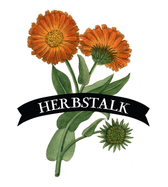 We are happy to introduce our Herbstalk Plant-of-the-Year: the bright and beautiful Calendula! You've probably already seen the cheery calendula logo we have on our event flyers. We'll be featuring calendula throughout Herbstalk, including a whole class dedicated to the healing properties of this wonderful herb. As an herbal remedy, calendula has many traditional uses, including:
As a wonderful lymphatic herb, calendula helps to stimulates lymphatic drainage, and increase the elimination of waste products from the body. Because of this beneficial effect it also helps to support a strong immune system, which makes it one of our favorite herbs to turn to during cold and flu season. Calendula is a ray of light during times of sickness and throughout dark winter days. Beyond its internal applications, calendula is also renowned for its use as a topical wound healer and balm for the skin. The orange petals have been shown to help wounds heal faster, and increase blood flow and oxygen to the damaged area, helping the body grow new tissue. It is often used as an infused oil or salve in cases of skin inflammation and eczema. A poultice or balm of calendula petals can also help reduce the pain of insect stings and swelling. Many of our Marketplace vendors will feature calendula in their products. Take a look at some of the beautiful photos below to get an idea of the bounty of Calendula at Herbstalk this year!... The photos above were provided by our vendors including Sweet Birch Herbals, Raven Crest Botanicals, Lala Earth, Mountain Rose Herbs, Sweet & Sacred, Hearth & Harrow. You can see our full lineup of vendors here!
You can also read more about the wonders of Calendula here! by Patrice Green A few months ago, I wrote about the desert phenomenon known as the Superbloom, happening in Death Valley this year. I’d hoped that my obsession about the Superbloom would leave me once I’d written about it, but the thought of working with these plants and meditating with them while making flower essences, just wouldn’t leave me. I felt called to go there, but struggled with finding a way to make it happen. Finally my dear friend Julie said something so obvious I was stunned that it hadn’t occurred to me: “Why don’t you hire a guide?” It seems now in retrospect that as soon as I gave myself permission to ask for help with this, everything fell into place. Within moments of initiating a search I’d found Death Valley Jim, who actually turned out to be the perfect guide for this trip. I asked Julie if she would join me. Jim was available on our projected dates, flights were arranged, and accommodations booked. It turns out the fastest way to Death Valley is through Vegas. I remain most likely the only human to travel through Las Vegas, and perhaps the state of Nevada, without gambling. My gamble was on the trip itself, and I left that table a clear winner. Over a two day period, Julie and I made ten flower essences, I took over eight hundred photos (I’m a bit of a shutterbug), and we made a new friend in our guide. Most importantly, for me this was a true journey of the soul. The desert and its plants offer lessons on resilience, patience, and endurance. The lessons of the Superbloom plants in particular speak of the additional importance of timing -- waiting for the right circumstances –- before blooming. It has taken years and catastrophic flash flooding for the seeds of these plants to be shaken loose from their rest deep within the soil. Yet, despite the seeming devastation of some of the flood areas, beauty shines forth. There is a reason why people speak of the desert as being a place of purification: the silence, vastness and solitude all encourage introspection. The sun burns away every ounce of moisture from the very rocks themselves, leaving behind a particular allure scored into the stones through trial and tribulation. The lessons in the desert in springtime, particularly in a superbloom year, include the wisdom that through the most difficult hardships, beauty is visible for those who choose to seek it, and so too, is joy. The plants were eager to work with us. Over the two days we spent in meditation with these flowers, the message was repeated loudly and often: “We’re so glad you came! We’re so happy someone noticed us! We’re so thrilled to share what we’ve learned!” To say that it was a remarkable experience would be a very great understatement of truth. Our guide, Death Valley Jim, is an amazing guy. He’s authored several books on the Mojave and has spent the better part of the past decade exploring the desert. He has two websites; the one I found him on focuses on his tours. I didn’t even know he had another site until he asked me if I’d looked at his wildflower guide, found on his main site. He was intrigued by what we wanted to do, and we were all in agreement that we could do this while honoring Jim’s “leave no trace” philosophy. The flower essences made during this trip were all done without harm to the plants, much in the same way one would make a flower essence of Pink Lady’s Slipper or any other endangered plant, so the plants will re-seed. Jim was great about finding us out-of-the-way places where the flowers were still in bloom. His help in identifying the plants themselves was invaluable. Our first morning in Death Valley was spent, pre-dawn, taking photographs of the landscape as the sun rose. The photo here was taken in those all-too-brief moments when the sun seems to set the stones on fire. We were introduced to several flowers at Daylight Pass. We saw Beaver Tail and barrel cacti, white and blue forget-me-nots, Creosote, Phacelia, Gravel Ghost, Desert Trumpet and Fremont’s Pincushion. We spent a glorious hour or more watching the desert come to life. As we drove back towards town for breakfast, I got my first glimpse of the surrounding area in daylight. There were many fields of flowers as far as the eye could see. The white flowers blanketing the area were especially intriguing to me, so I asked Jim if he knew what they were. “Fremont’s Pincushion,” was the answer, and as I repeated the name, I knew deep inside that these were the flowers I’d come to work with. That first day Julie and I made three flower essences. While waiting for our meal during our lunch break, Julie noticed a hummingbird flying around the plants on the restaurant’s patio and wondered about its symbolism as a totem. The hummingbird represents joy and symbolizes accomplishing that which seems impossible. It’s not until this moment, as I typed those words, that I realized just how accurate that is for me. I’d felt like this idea of making flower essences out of superbloom plants was impossible. How would I get there? How would I know where to go? Who would go with me? Once I opened myself to the possibility, it all fell into place. Hummingbird’s medicine is herbal, specifically working with flowers for healing, to draw from the flowers their essence to make medicine. Was it a coincidence to see one in the desert, in the middle of a flower essence making trip? As we travel our paths in life, certain signposts show up along the way. I think they are always there, but sometimes we may not be focused enough to notice them. In our first location, Jim noticed that the Amargosa River, usually underground except for two locations, was actually still flowing above ground, almost six months after the flash flooding of last fall, in a place normally dry. Its water continues to nourish the plants we worked with our first day in the desert, especially the field of baby desert trumpets that carpeted the area, traveling halfway up the mountain. Both the water flowing above ground and observing the hummingbird were signposts. Over the two day period we spent on our trip there were many others, some too personal to mention here. Day two we made seven essences over a six-hour stretch. Never underestimate the determination of a dedicated guide, two herbalists, and the plants themselves, who were eager to work with us! As I meditated with the Fremont’s Pincushion, I realized why I’d flown two thousand miles to be with these plants: their message was both potent and personal. They were the plants that had called to me; they were the plants I need most to work with at this point in my life. Standing in a field of these flowers, stretching out in all directions as far as I could see, I felt completely supported by these gentle beings and humbled. I felt the flower essence as deeply cleansing and opening the heart and power chakras, spreading downward to firmly ground me to the earth while offering endless support, tapping into infinity. The flowers we saw this spring have endured much in order to bloom. They teach of resilience and determination, being in the moment and deep healing. They teach of joy in simply being, of the hidden strength of the most seemingly fragile and delicate among us and the importance of proper timing and patience. They offer lessons of letting go and paring down the non-essential, encouraging the elimination of distractions that clutter our lives so that we can simply be, and simply breathe. There were also lessons of community and independence. Within each of the ten plants ran a deep sense of joy in simply being alive and in bloom. I am truly grateful to the plants, to Julie Yalowchuk Gray of Jules Jewels for joining me, and our new friend and guide, Death Valley Jim, for making this pipedream a reality. For anyone reading this who may experience a similar kind of calling, when an idea takes hold and just won’t shake loose, I encourage you to step into it, ask for help and open to the possibilities that exist when stepping out of your comfort zone. The gifts are truly worth the effort. Sources: 1 Death Valley and Mojave Desert tours: www.deathvalleyjim.com 2 Hummingbird totem reference: http://www.linsdomain.com/totems/pages/hummingbird.htm  Patrice Green is an Herbal Educator, Certified Aromatherapist, Energy Medicine and Reiki Practitioner and founder of Green Aromatics. She is also the Assistant Director at the Boston School of Herbal Studies. She received her herbal training at the Boston School of Herbal Studies, and shamanic training from Isa Gucciardi, Ph. D. at the Sacred Stream in Berkley, CA. Inspired by time spent among the coastal Redwoods of Muir Woods and its beach, Green Aromatics strives to imbue its products and services with the same resilience, joy and equanimity of these majestic beings. Patrice may be reached through the Green Aromatics website. Today we want to share a more personal side of Herbstalk, and give you a behind-the-scenes glimpse into the history of the event. Recently we, the core planning team of Steph, Catherine and Henry, were interviewed by the lovely podcasting duo of The Walking Herbalist.
We spent an afternoon chatting about how Herbstalk began, its evolution over the past five years, and the stories of how we all met. We also offer our insights and advice for those who are thinking of starting up their own herbal business or event. Head on over to the Walking Herbalist's website to take a listen -- we hope this interview gives you an interesting peek into the spirit of Herbstalk! 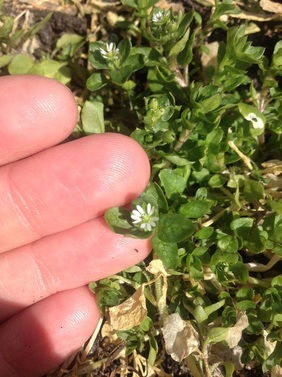 by Melanie Brown I adore plants that we have so fondly deemed “weeds”. Abundant, common, incredibly medicinal, and reaching out to pull us in whenever we walk by them. Stellaria media, or common chickweed, is one such weed that offers a generous amount of healing and nutritional uses. In Latin Stellaria means “little star”; media means “in the midst of.” So here we are in the presence of a plant that has naturalized itself all over the world. It helps soil retain nitrogen and is easily cultivated by spreading the seeds on disturbed earth. To identify look for many small, starry white flowers with 5 deeply divided petals; growing in low, dense, green mats with a single line of hairs on one side of the smooth stalks, then a second line of hair on the opposite side when it reaches the leaf node. When I first encountered chickweed on a hot summer day, with the sun shining high in the sky I was amazed at how cool and moist it felt, as if the patch had just been gently rained upon. Chickweed is sweet, moist, nutritive and cool; it can be harvested throughout its growing period while in flower or not. Regularly harvesting chickweed will inspire it to branch and produce thick regrowth. Using scissors simply snip off the top aerial portion. It contains mucilage, saponins, silica, minerals, vitamins A, B, C and fatty acids. It is also astringent, anti-rheumatic, and vulnerary. When eaten raw in your wild salads it has a bright, clean taste without any bitterness and a touch of saltiness. This demure, sweet plant has been shown to nourish the glandular and lymphatic systems. A tincture made with the fresh plant has the ability to dissolve cysts when taken regularly over a long period of time. Chickweed truly shines when we are encountering fevers, respiratory infections, allergies, bladder or kidney issues, liver stagnation, or digestive distress. Chickweed, used as a fresh poultice, draws out infection while also protecting and healing wounds. A decoction soaked compress or fresh plant poultice is refreshing and healing on dry, irritated eyes with or without an infection. A salve can also be made with fresh chickweed infused oil. Because it has such high water content I recommend infusing it using the “hot infusion method” such as in a crockpot or with a water circulator to prevent the growth of mold. A cream made with chickweed oil applied to eczema relieves itching and redness. Dried chickweed may also be drunk as a nourishing infusion weighing out one ounce to a quart of boiling water, covered and steeped 4 hours or overnight. Herbalists, such as Deb Soule from Avena Botanicals, love chickweed and see it as a most valuable plant to offer those in need of better nutrient absorption. “It is a safe and nourishing herb for a person of any age to take over several months when weak, chronically tired from overwork and stress, traumatized, anemic or recovering from a long-term illness or surgery.” Another respected herbalist, Jim Mcdonald, reports that chickweed, along with plantain (Plantago spp.), is a staple in his all-purpose salve for bug bites, stings, angry red wounds, scrapes, boils, and dry skin. Both Matthew Wood and Susun Weed remark on chickweed’s ability to reduce fat and aid weight loss. Weed points to the high saponin content as the mechanism, while Wood looks to its effects on metabolism and endocrine function. Wood elaborates in his book, The Earthwise Herbal: A Complete Guide to Old World Medicinal Plants, “Chickweed not only subdues heat and lubricates dry conditions, but also regulates water levels and drives off excess dampness and fats. These actions show that it stimulates both sides of the metabolism, building and breaking down, not only through the liver but also through the endocrine system. Thus, it is used to lose weight, not just short-term water weight, but long-term deposits of fats.” As you can tell Stellaria media lends itself to a wide range of healing benefits and food uses. This spring you may find me close to the ground, lying on my stomach in a bed of chickweed, eating, tincturing, juicing, infusing and simply admiring this shining star.  Melanie Brown is a native New Englander who always had an early connection to nature and the outdoors. Together with her four year old son she gathers the ingredients to make small batch plant based body care products which you can find at her herbal apothecary, FIR&ELM. She is a graduate of Boston School of Herbal Studies and currently attending The Gaia School of Healing and Earth Education in Vermont. Her passion is to share and spread the message of community herbalism that lies right outside in our own backyards.
by Brendan Kelly
With the western diagnosis of Lyme disease, what can seem like separate and confusing symptoms can be understood as the body's response to inflammation. In this video I discuss Chinese medicine's understanding of the different levels of this inflammatory response, and how it can contribute to the sometimes seemingly difficult-to-treat aspects of Lyme's, including neurological conditions. 
Brendan is an herbalist of 22 years and has has been practicing acupuncture and herbal medicine full-time for 12 years. He currently practices at the clinic he co-founded in Burlington, VT, Jade Mountain Wellness. He is also on the faculty at Academy for Five Element Acupuncture and is an adjunct professor at Johnson State College in Vermont. Brendan writes and teaches about the connection between personal, societal and environmental well-being, including the connection between climate change and Chinese medical thought and diagnosis. His book, The Yin and Yang of Climate Crisis, looks at the underlying causes of our warming planet from the perspective of Chinese medicine.
|
Archives
November 2023
Categories
All
|
Join the Newsletter!
Receive news about future Herbstalk events
Thank you!
You have successfully joined our subscriber list.
Copyright © Herbstalk 2024
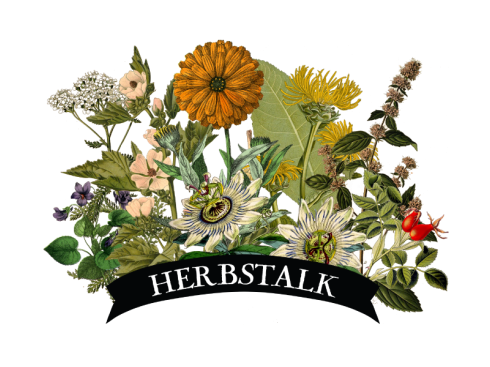
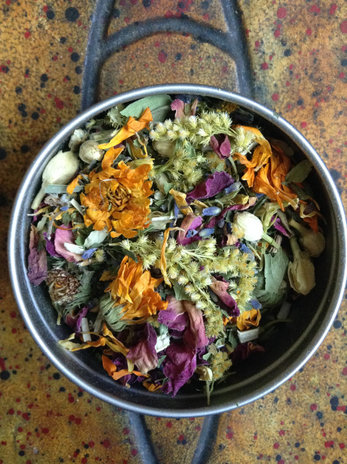
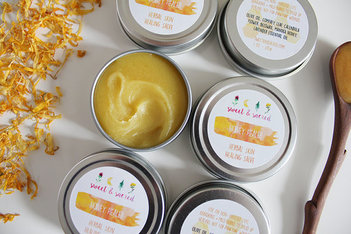
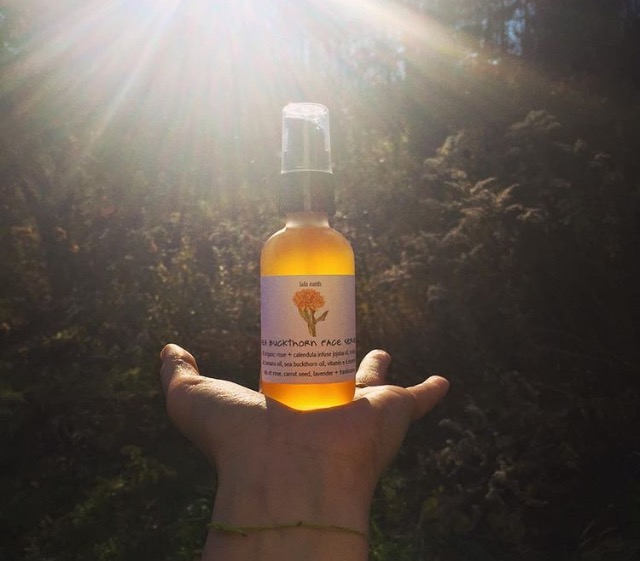
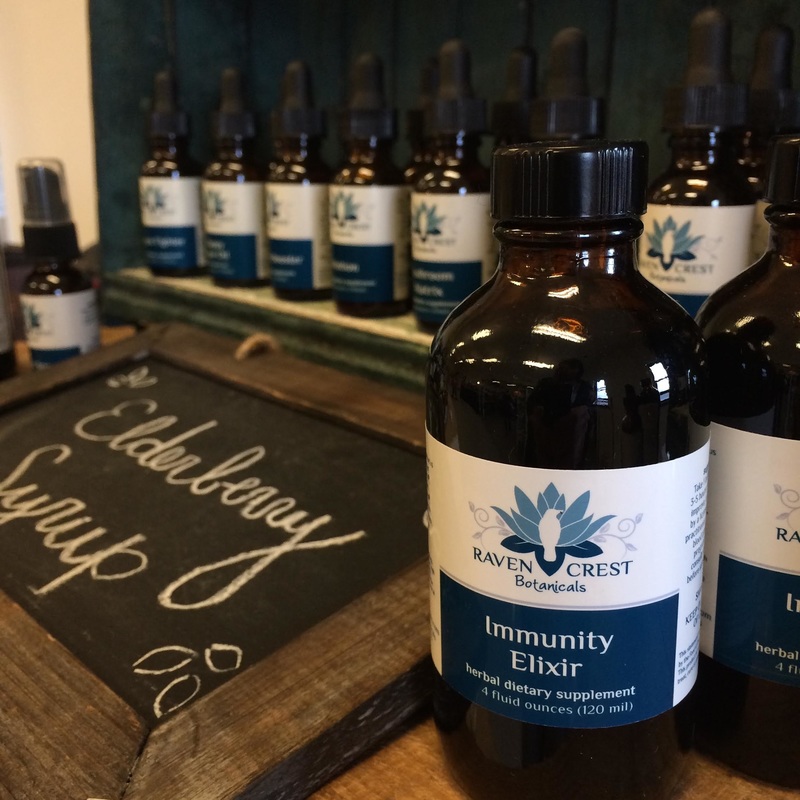
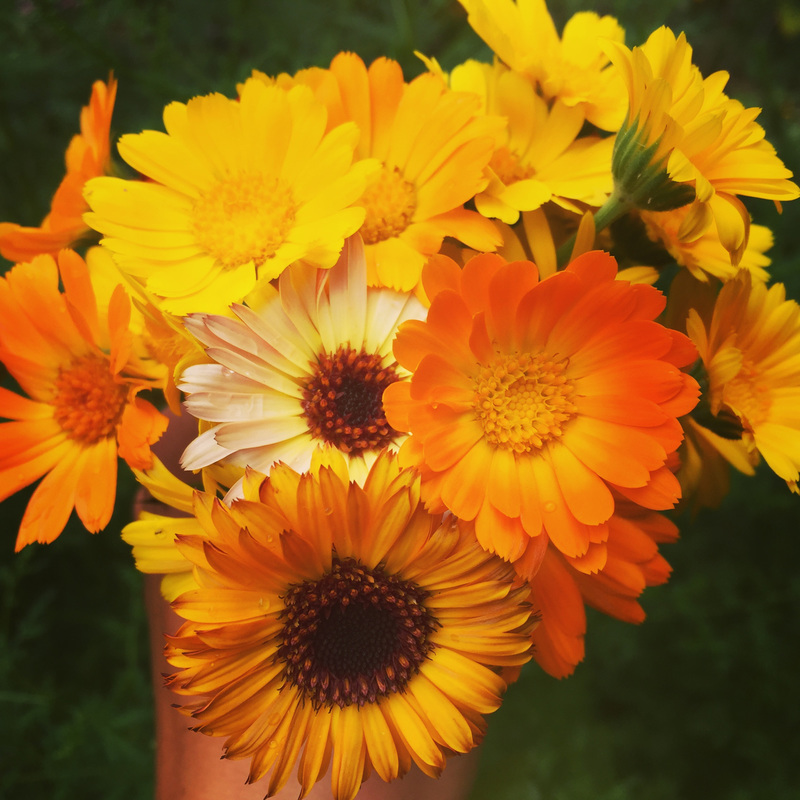
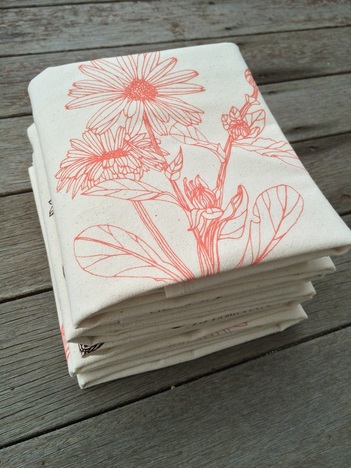
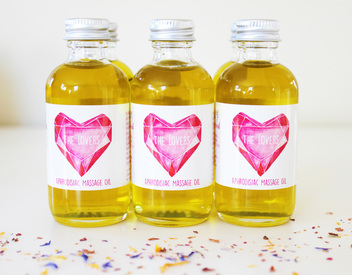
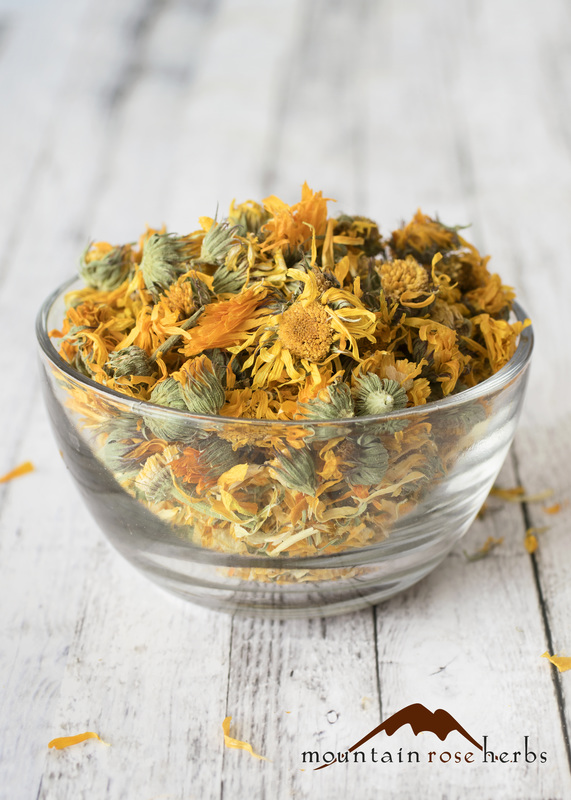
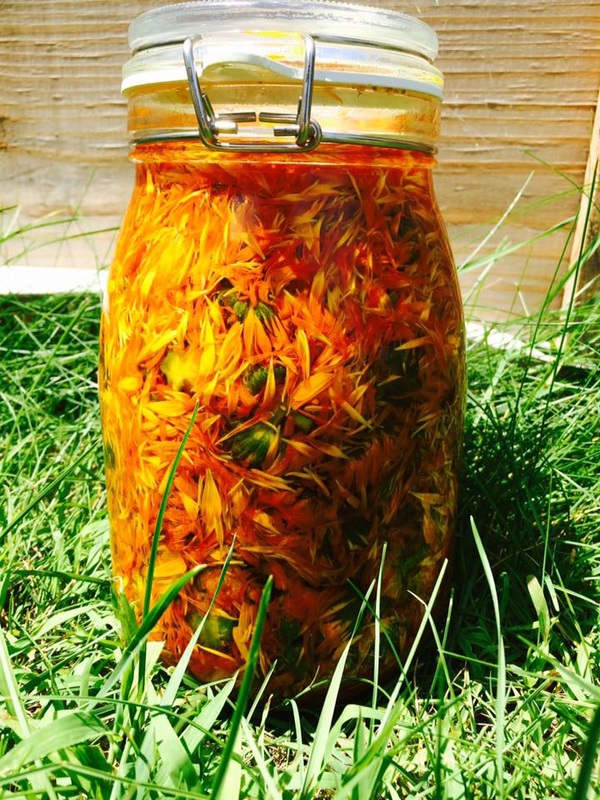
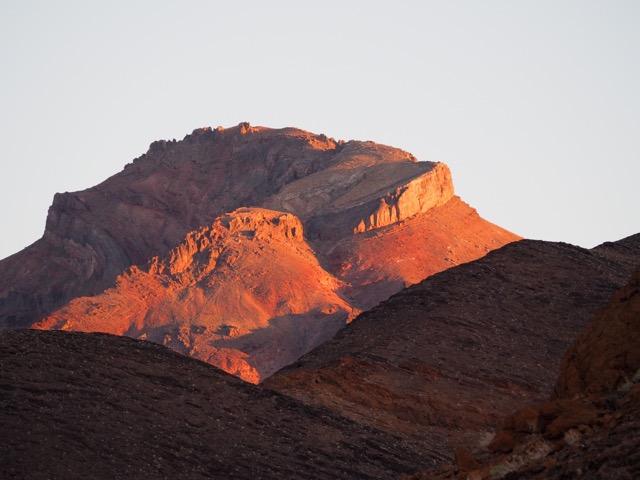
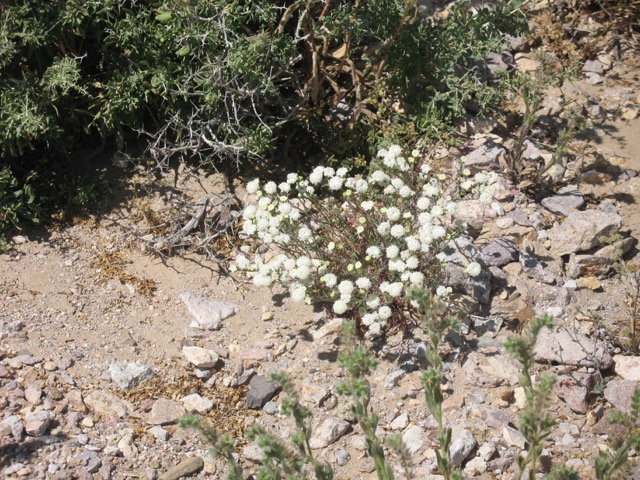
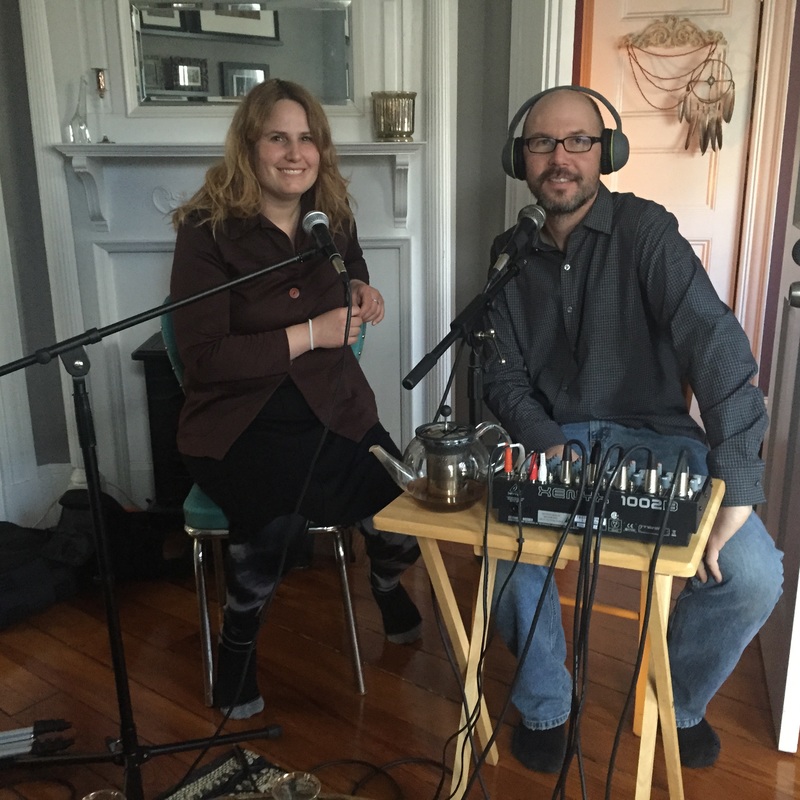
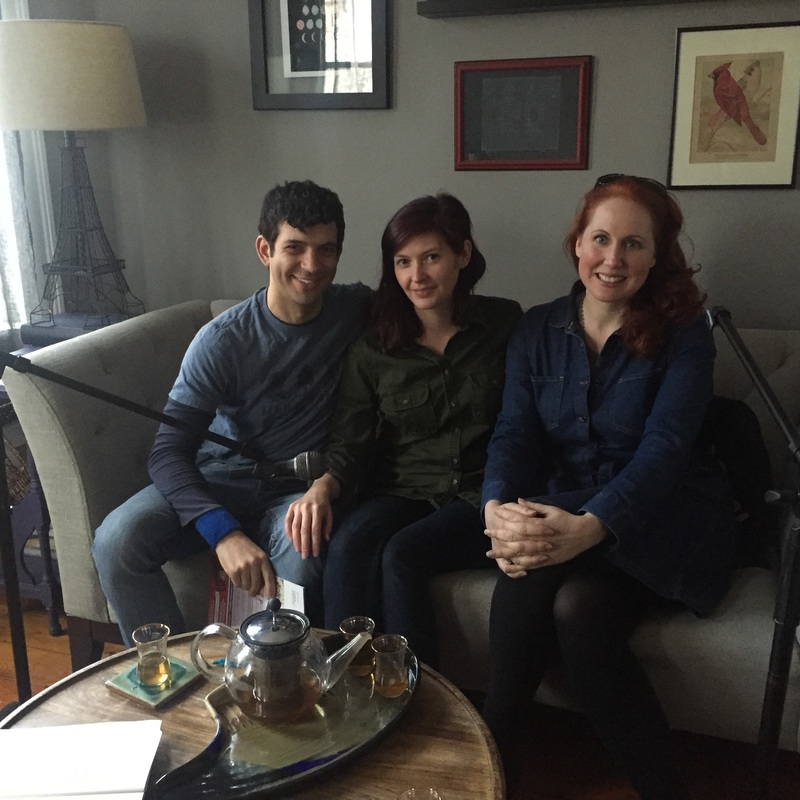
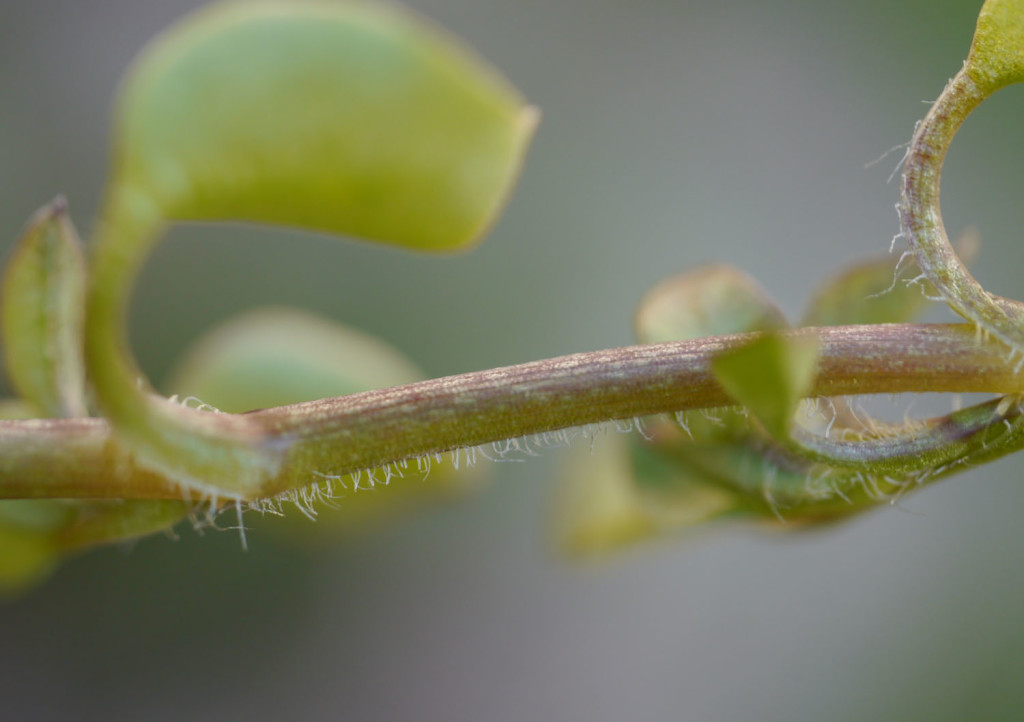
 RSS Feed
RSS Feed